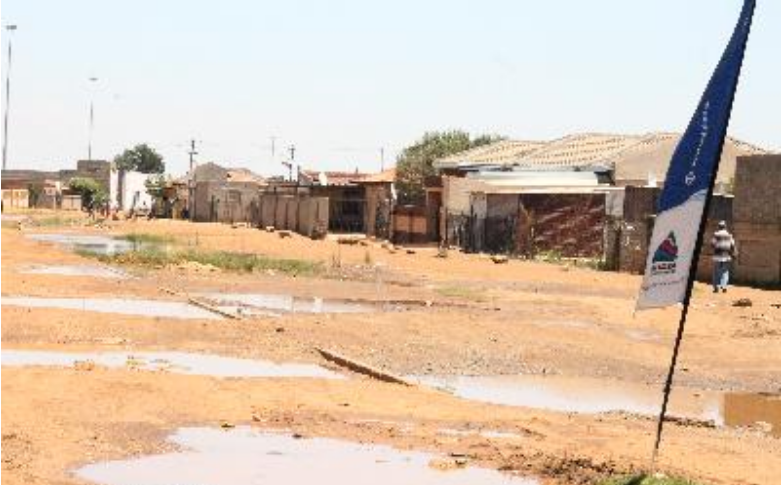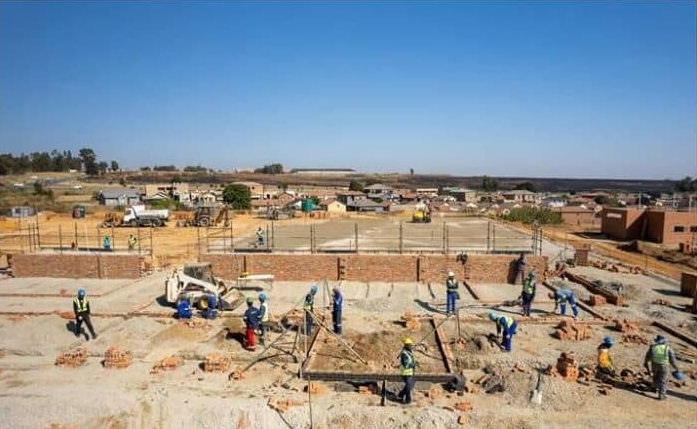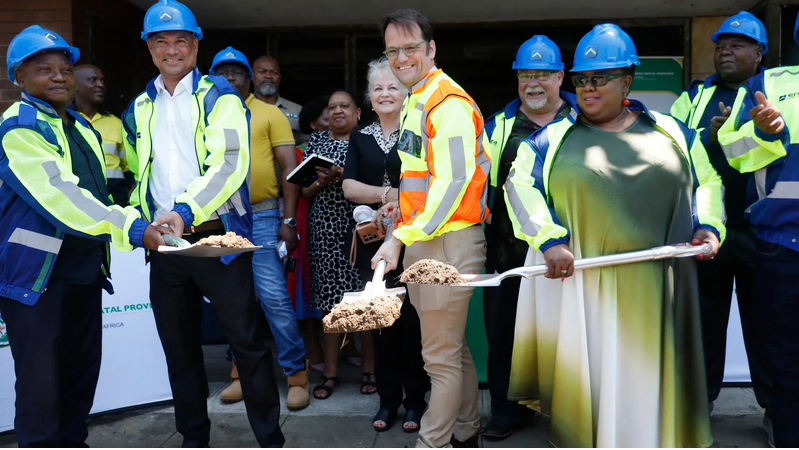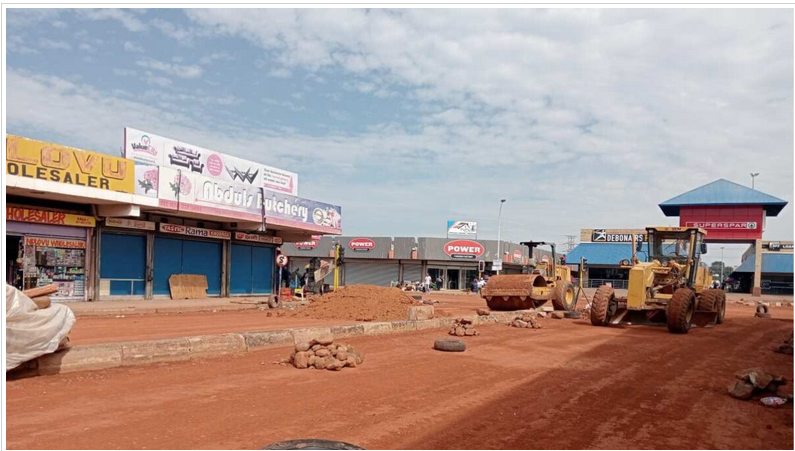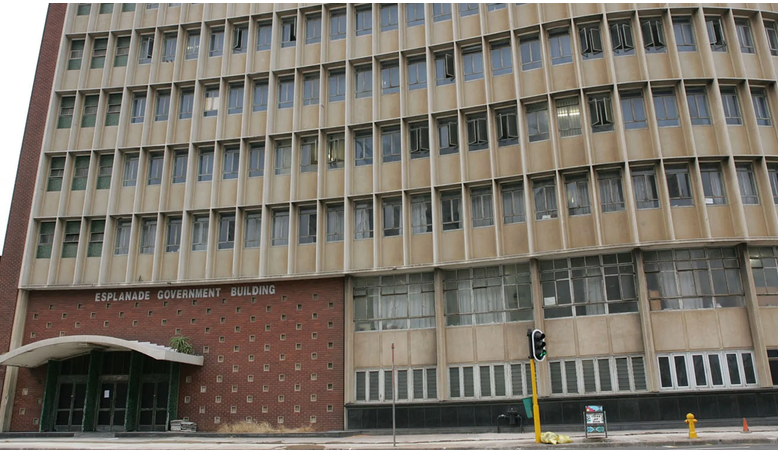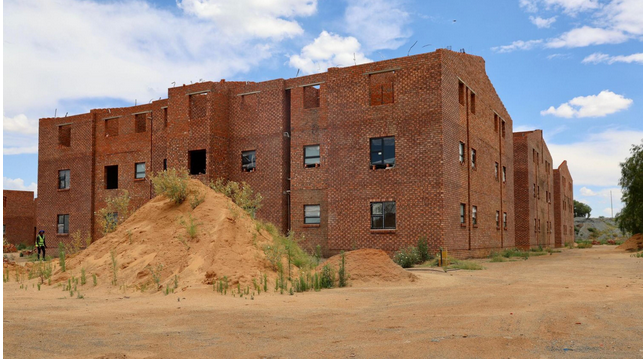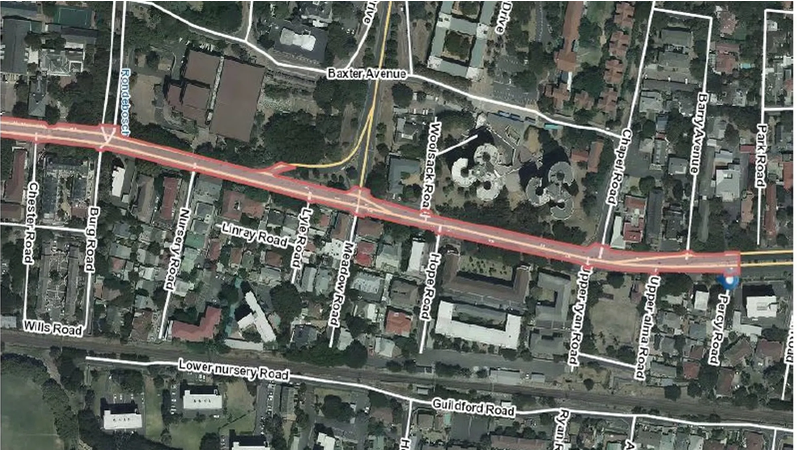Glimmer of hope for one of South Africa’s biggest sectors
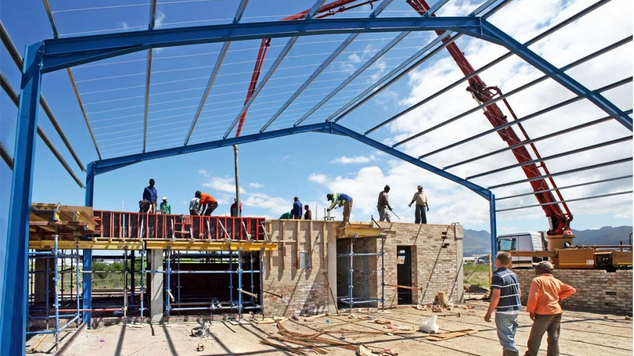
26-11-2024
Read : 335 times
Business Tech
Source
Sentiment in the building sector in the fourth quarter (Q4) of 2024 has remained unchanged from Q3, which “masks a broad improvement in building sector conditions,” especially pertaining to work at hand.”
With that said, there are still many woes that continue to concern and inhibit the sector.
This is according to the recently published FNB/BER Building Confidence Index, which registered confidence at 40 in both Q3 and Q4.
“The stable sentiment reading masks a noticeable improvement in conditions among main contractors with respect to activity, employment and overall profitability,” said Siphamandla Mkhwanazi, Senior Economist at FNB.
“However, looking ahead, still weak order books suggest that further growth could be limited [and] the negative impact of the construction mafia remains a concern,” he added.
The South African construction industry is pivotal for socio-economic development and GDP growth, contributing significantly to both employment and the national economy.
Statistics South Africa (StatsSA) reported in March 2024 that the South African Construction sector contributed an annualised added value of R109.5 billion rand to the GDP in Q4 2023.
According to StatsSA’s Quarterly Labour Force Survey for Q1 2024, there are around 1.22 million people employed in the construction sector, which is around 7.25% of the country’s employment.
Looking at the FNB/BER index, compared to Q3 2024, the following changes to sentiment were registered in the sector:
- Main contractors (+10);
- Quantity surveyors (+5);
- Building material manufacturers (+2);
- Sub-contractors (-2);
- Architects (-3); and
- Hardware retailers (-7).
The confidence of main contractors in particular rose significantly, by 10 points, to register a level of 51 in 4Q2024 – the highest level of the index in a decade.
The better sentiment was supported by a marked increase in activity, employment growth and overall profitability.
“While the jump in confidence was somewhat surprising, the improvements in the underlying indices suggest that this is indeed an accurate reflection of the mood of contractors”, said Mkhwanazi.
Residential building activity showed some recovery in Q4 after a weak performance in earlier quarters.
While this stability and some boosts have been welcomed, the majority (60%) of respondents are still dissatisfied with prevailing business conditions.
Non-residential activity continued to rise from a low base, but order books remained weak.
“Despite more work currently, the lack of new demand as a business constraint rose and suggests that contractors are still concerned about the short-term prospects for the sector,” said Mkhwanazi.
Contractors are concerned about short-term prospects, as reflected in a decline in sub-contractor confidence. The demand for residential solar installations has fallen due to the absence of load-shedding, impacting sub-contractors.
“This seems to be specifically related to the decline in alternative energy installations but could potentially pick up as the work registered by main contractors currently progresses along the value chain,” said Mkhwanazi.
Building material manufacturers’ confidence remains low at 18/100, though production improved.
Hardware retailers saw strong sales, driven by lower inflation, an interest rate cut, and increased income from pension withdrawals.
Confidence among architects and quantity surveyors improved initially but fell in 4Q2024 due to delays in municipal approvals and payment issues.
Regarding the building pipeline, while work seems to be holding up well, sentiment continues to register below average readings.
“Further and faster growth in building sector activity depends on a quick turnaround in terms of project and plans approval by municipalities. This could be another significant hurdle should demand for building work rise more substantially,” said Mkhwanazi.
Going forward
The industry has taken a hit in recent years. Between Q4 of 2023 and Q1 of 2024, the sector shed an estimated 106,000 jobs alone.
Recently, BusinessTech reported a warning from the Master Builders Association (MBA) North, which said that the country construction industry is up against the ropes due to (among other factors) shrinking margins, unfair practices, and rampant delays or outright refusal to pay subcontractors.
According to StatsSA, the construction sector’s GDP contribution has dropped from 4% in 2016 to around 2.3% in 2023.
This is “due to a variety of external shocks as well as internal challenges in the country [including] policy uncertainties, governance challenges and structural challenges within the industry amongst others,” said Infrastructure South Africa (ISA).
ISA also identified some other pressing challenges, which include:
- Budget constraints;
- Economic stagnation;
- The impact of COVID-19 regulations;
- Issues like to do with energy and logistics;
- High inflation driving up material costs;
- Non-payment by subcontractors;
- and disruptions caused by construction mafia extortion.
One of the most widely publicised woes in the industry in South Africa is that of the construction mafia.
“Extortion in the construction sector has reached worryingly high levels, derailing and delaying projects worth billions of rands,” said national project manager of Business Against Crime South Africa (BACSA), Roelof Viljoen.
Recent News
Here are recent news articles from the Building and Construction Industry.
Have you signed up for your free copy yet?
